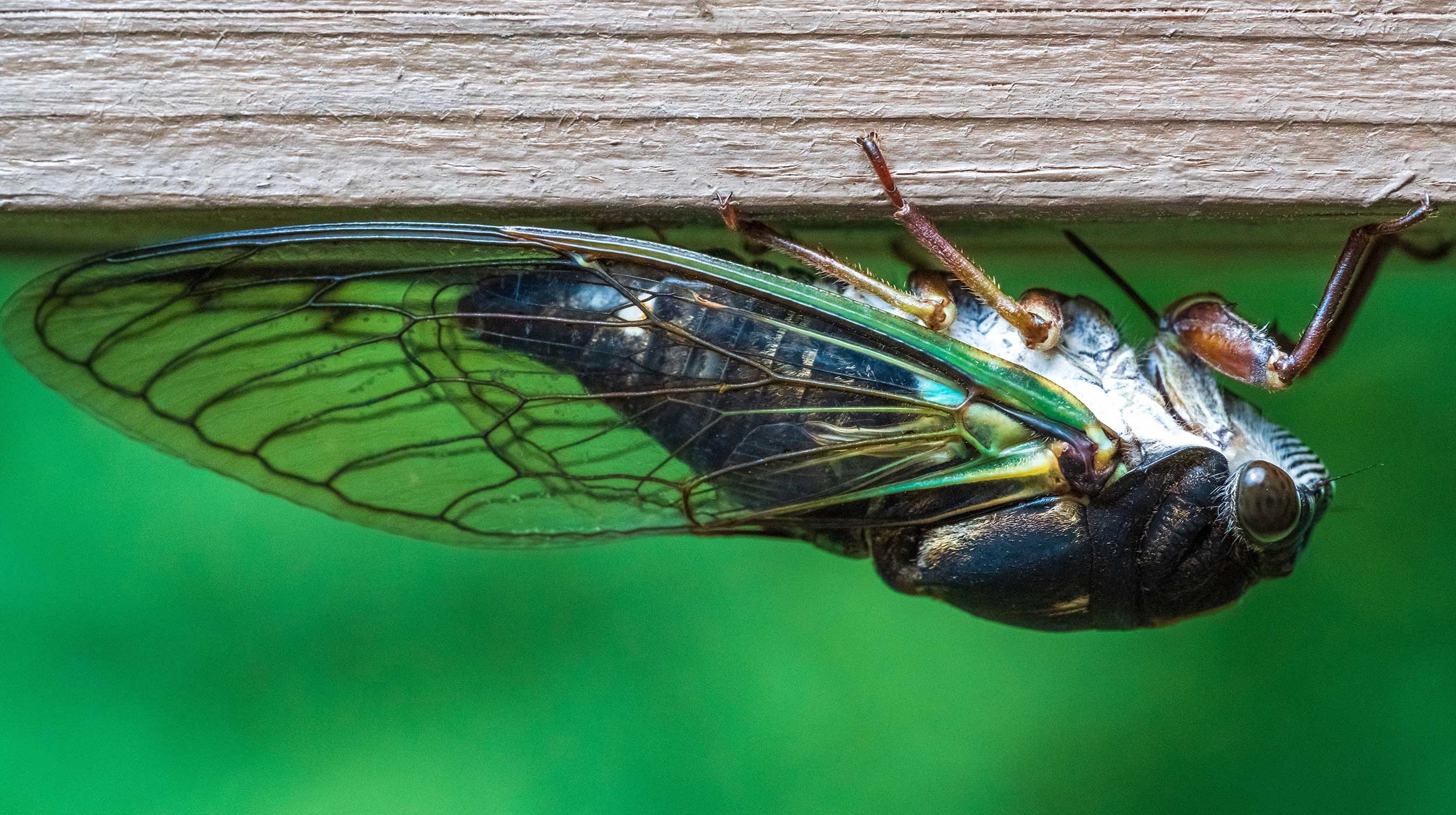In most years, no one, except maybe for career entomologists—and how many of them do you know?—gives much thought to cicadas. Why would they? Cicadas—specifically the Brood X variety—spend most of their lives underground and out of sight, except for a brief moment in the sun every 17 years. Their last appearance was in 2004, when George Bush was in the White House, gas was $1.79 a gallon and the final episode of Friends aired.
Now it’s 2021 and the cicadas are back, right on schedule (and just in time for the Friends reunion). The good news is that, unlike termites, ticks and seven-year locusts, cicadas are essentially harmless. They don’t sting, bite, spread disease or chew through your wainscotting. Yet no one likes them and we all want them gone—which they will be in a few months.
Notwithstanding their absence of malice, there is ample reason why the Brood Xers are considered cicada non grata, starting with the racket they make, which can be louder and more insistent than a chorus of chainsaws. Then there’s the mess factor. In no time at all, they can carpet your driveway, crunching and oozing underfoot like a field of cannolis.
Noise and procreative excess aside, cicadas are just plain icky. When one crawled up the neck of a CNN reporter in the U.S. Capitol recently, all notions of journalistic objectivity went out the window.
Strident, messy, creepy-crawly, nasty—all these attributes have made us ask, as branding professionals, Why on earth do so many companies incorporate “Cicada” in their names?
It’s true. Just typing the word into the LinkedIn search box brings on a veritable swarm of cicada-themed brand names—Cicada Technologies, Cicada Capital, Cicada Communications and, among the strangest, Cicada Restaurant and Cicada Dental Instrument Co. LinkedIn lists nearly 150.
Neither the companies’ LinkedIn descriptions nor their websites shed any light on their naming rationale. If you’re an architectural firm, why “cicada” and not, say, “carpenter ant”?
Broadening our LinkedIn search, we uncovered Stinkbug Naturals, Silverfish Jewelry and Flea Bite Creek Consulting among other verminous names. We get it: They’re all memorable, evocative and differentiating—all the things a good brand name should be.
But a brand name should sell—and that raises some key questions. Are these names truly an asset? Is enrollment increasing at New York’s Cockroach University? Are myopic style-setters wearing Termite Eyewear this season? How are summer bookings going at Tarantula Ranch Vacation Rentals in Texas?
Thus far, our search has yielded no answers. We’ll check back in 17 years.




